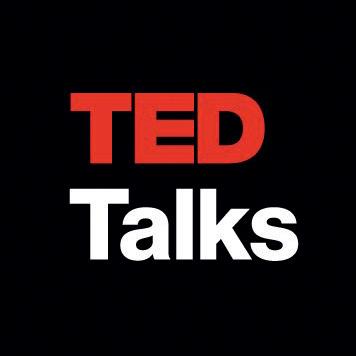with STEM™ CAREERS JOB KIT

Renewable Energy Engineer
Power your future with insights, information and advice on careers in renewable energy




Power your future with insights, information and advice on careers in renewable energy


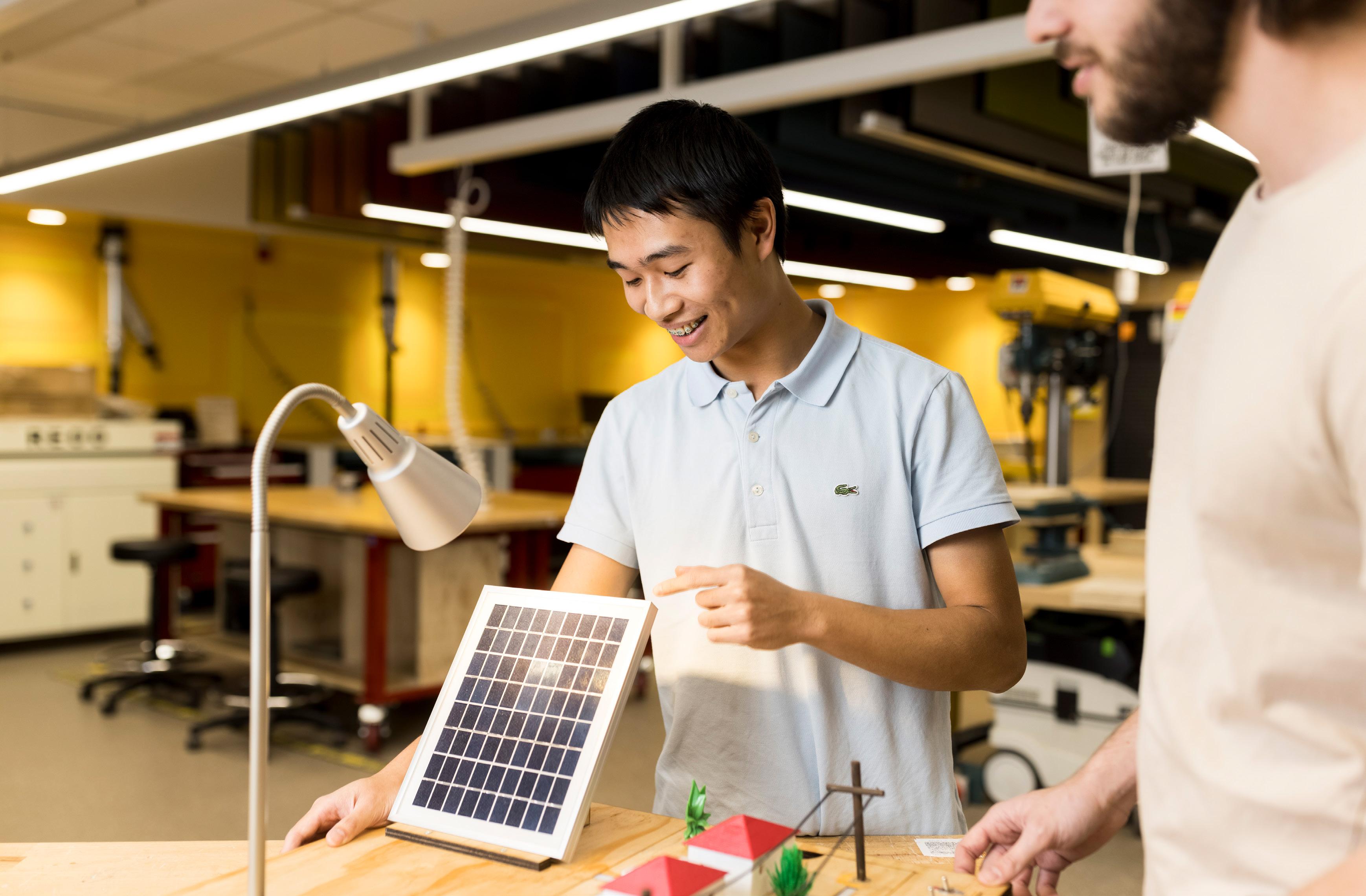
Fighting climate change and building a sustainable tomorrow means shifting to renewable energy – and you can be part of the revolution
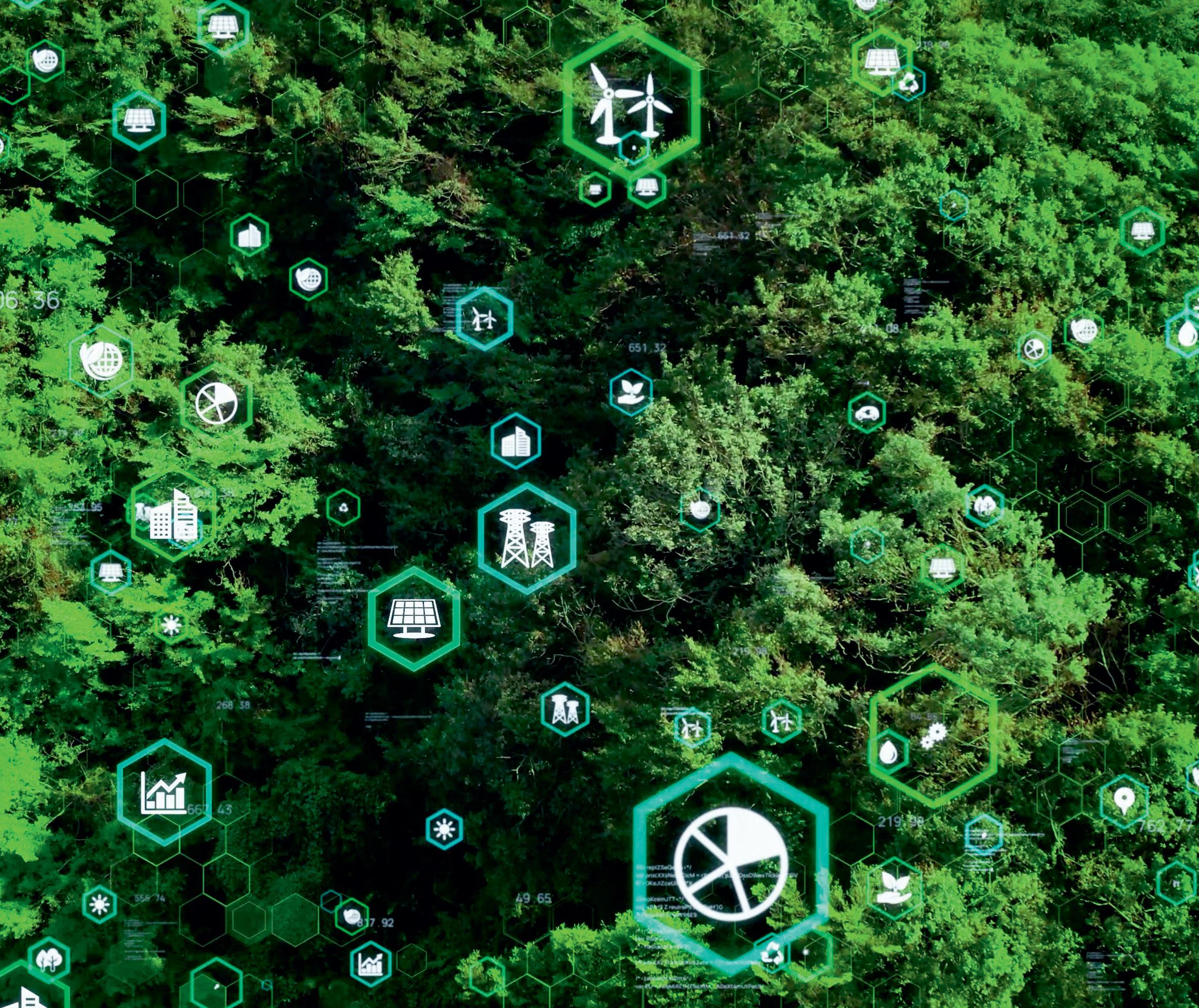
When I finished high school back in the 1980s, specific renewable energy engineering degrees didn’t exist yet – but renewable energy was certainly on my radar, having grown up through the oil shock of the 1970s. While times have changed since then, the need to transition away from fossil fuels like coal, oil and gas is more important than ever, both for our energy independence and of course to mitigate climate change.
So while I would have jumped at a renewable energy degree to tackle what I already saw as an important future challenge, instead I studied physics and landed my first job with BP Solar – back in the very early days of silicon solar cell technology. I’m happy to say that during my career since then I have watched renewable energy grow from almost insignificant, to a major, competitive player in the global energy sector.
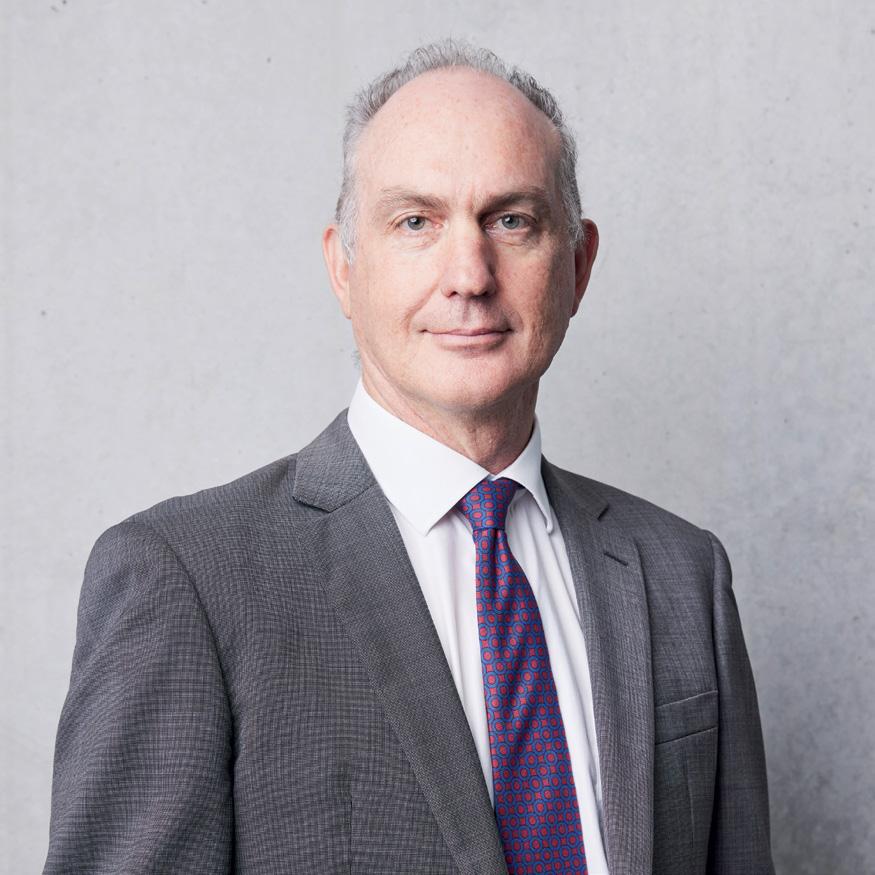
After a few years of industry experience, I embarked on my current career in academia at UNSW Sydney –home to Australia’s premiere photovoltaic and renewable energy engineering degree and where I’m proud to say some of the most important milestones in the history of the sector have been developed over recent decades.
Today, UNSW graduates continue to use their skills and qualifications to progress the renewable energy sector with diverse, successful careers, including several who have launched multi-billion dollar businesses. And with the sector growing at an incredible rate of almost 30% every year, demand for talent is huge, and outstripping supply: which is where you come in. Revolutionising how we power our world is an enormous task and impacts every industry and sector, and will require passionate, driven graduates with skills and knowledge in renewable energy and sustainability.
with the sector growing at an incredible rate of 30% every year, demand for talent is huge”
You could design and install solar, wind and energy storage systems, work for a company that designs and builds energy efficient buildings, launch a startup, advise government on policy or become a researcher and drive innovation that we can’t even imagine yet! I’m optimistic and can’t wait to see what the next generation achieves.
Alistair Sproul Academic, UNSW
Renewable energy engineers are the STEM experts designing, building and maintaining the technology and systems that will power us into a more sustainable future
Every human advancement that has led to where we are today has relied on harnessing energy in some way – from horsepower to burning wood or turning a water mill.
Unfortunately, we’ve discovered that the method that brought us the incredible progress of the Industrial Revolution in the 20th Century – burning fossil fuels like coal, oil and gas – has come at a pretty hefty cost: global warming.
Enter renewable energy – safe, sustainable energy sources that won’t run out, don’t produce greenhouse gas emissions, and converting to which will be crucial for preventing the worst impacts of climate change.
Switching from fossil fuels to renewable energy will require the very best humanity has to offer in innovation, ingenuity, effort and cooperation.
The good news? We’re doing it, and that means job opportunities galore for those who want to be part of the revolution. According to the Australian Bureau of Statistics, in 2018-19 alone there were 26,850 new renewable energy jobs created (an increase of 27% on the previous year) and up 120% over 10 years. And that trajectory is showing no signs of slowing. Ready to kickstart your study and career path as a renewable energy engineer, and change the world? Keep reading. – Gemma Chilton

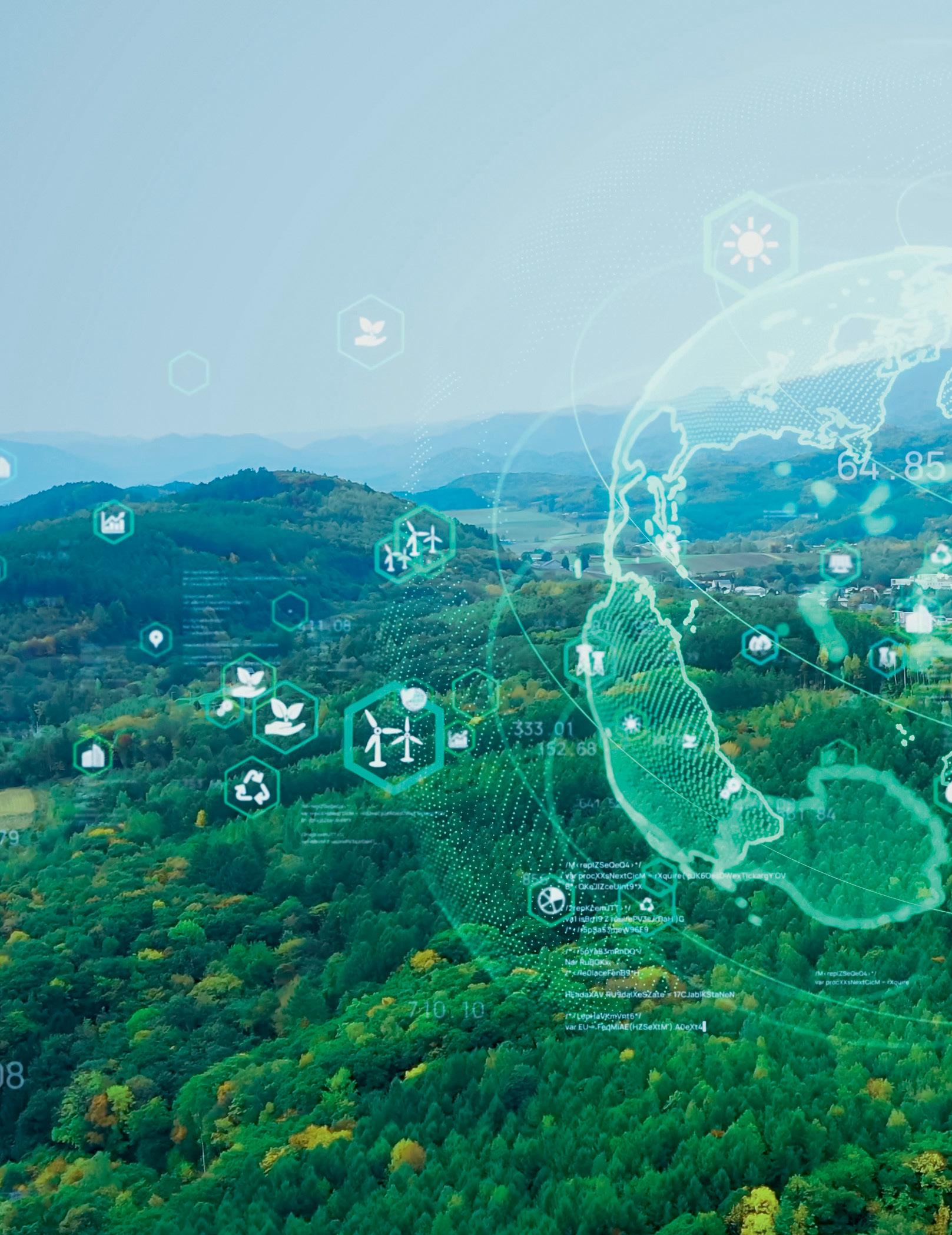
Renewable energy engineers have skills that make them super employable across a range of sectors and employers – here are some examples:
✔ Energy utility companies (e.g. AGL, Origin)
✔ Engineering companies (e.g. AECOM)
✔ Renewable energy companies (e.g. Tesla, Iberdrola)
✔ Property development (LendLease, Stockland)
✔ Government ✔ Academia/research
✔ Startups
✔ Grid operators (e.g. AEMO, electricity networks)
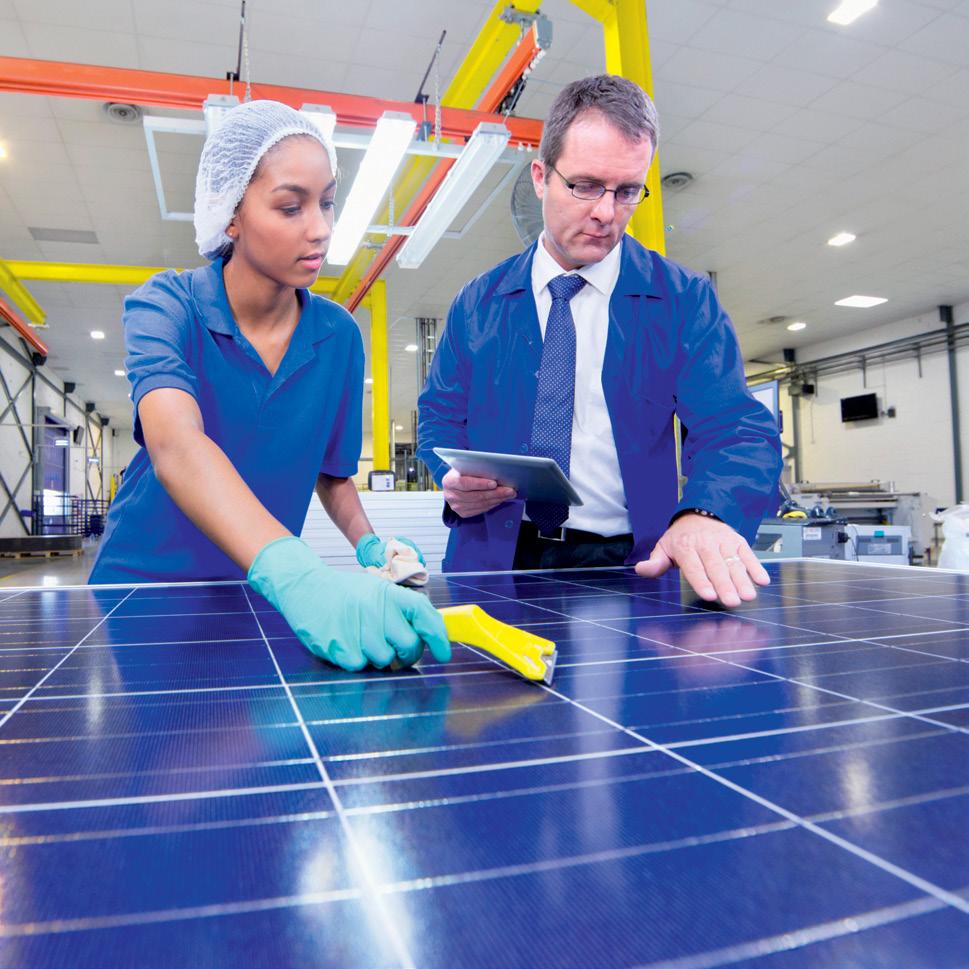
Here are some of the roles and tasks with which a renewable energy engineer might fill their average workday.
• Design, install and operate renewable energy systems
• Design and construct energy efficient buildings
• Consult on energy efficiency and sustainability
• Research new energy technologies
• Plan, forecast and operate renewable energy and batteries in the grid
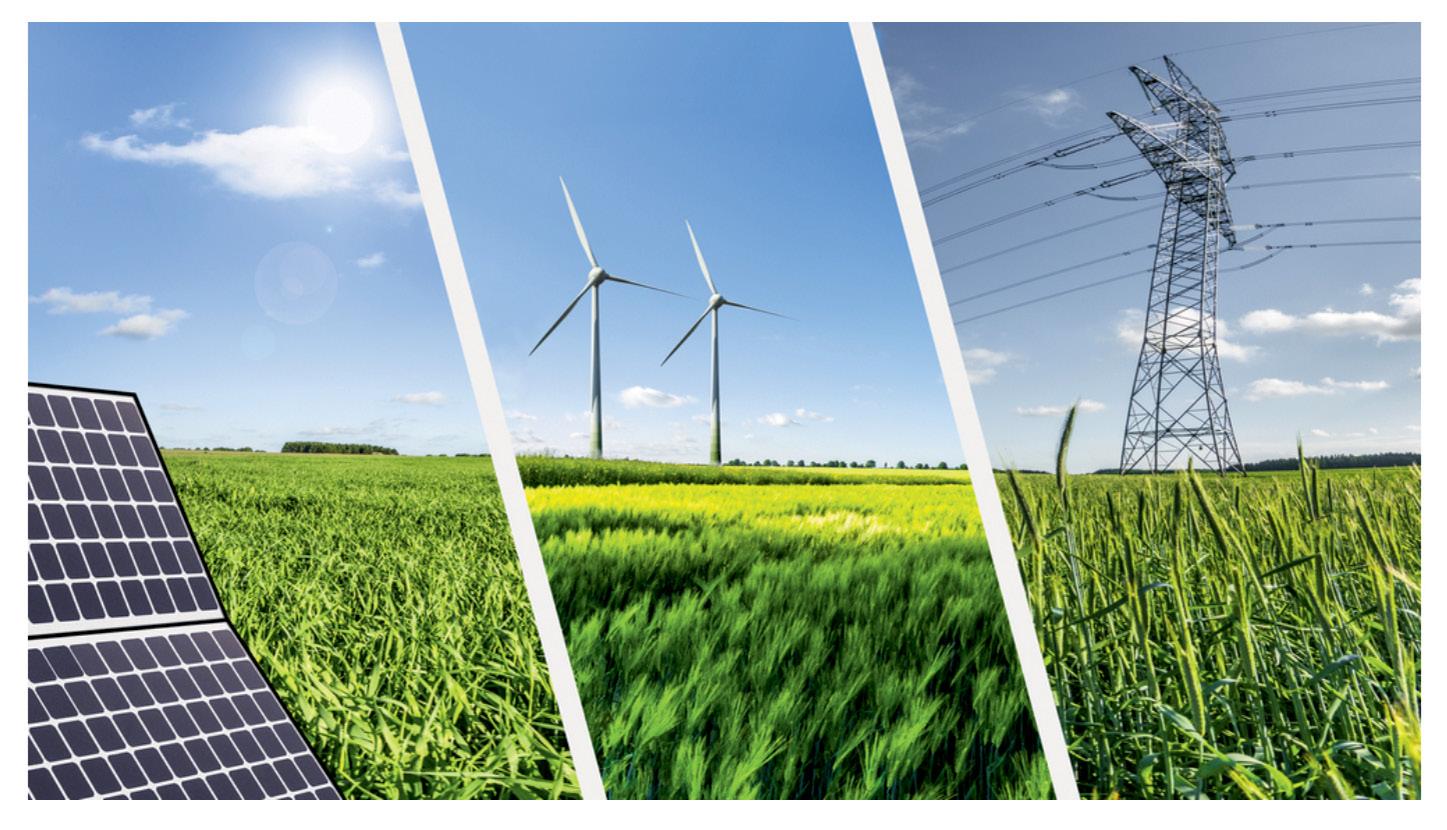
• Project manager
• Renewable energy engineer
• Renewable energy grid integration engineer
• Energy consultant
• Renewable energy data scientist
• Sustainability analyst
• Solar and battery design engineer
See how Stephanie Easton combined engineering with economics to find a career at the heart of the renewable energy industrybit.ly/SPREE-Stephanie

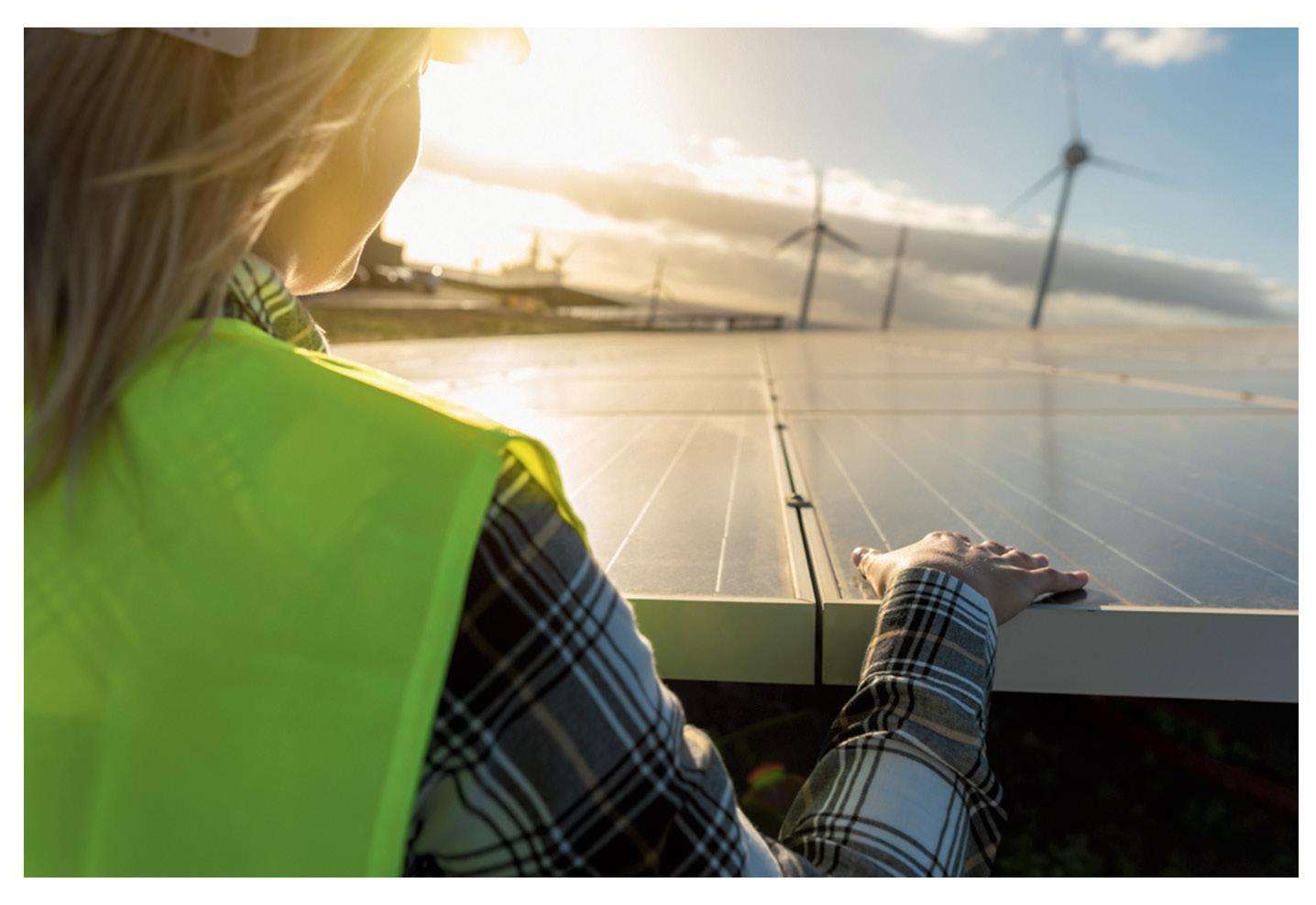
Being in a high-demand sector means you can demand a high price for your skills!
According to talent.com, entry-level renewable energy engineer positions start at $75,000 per year. The average renewable energy engineer salary in Australia is $112,500 per year, while very experienced engineers can make up to $215,000 per year.
Electricity generated from the Sun, called solar photovoltaics, is one of the most promising and competitive renewable energy sources available – just check out the numbers!
• Roughly 37% of Australian homes have rooftop solar panels installed
• That’s over 4 million rooftop solar panel installations (as of December 2024)
• 16% of Australia’s electricity was generated by the sun in 2023 – and it’s the fastest growing energy source in Australia
• Large-scale solar generation has grown grown from negligible levels before 2016 to 6% of all Australian electricity generation in 2023
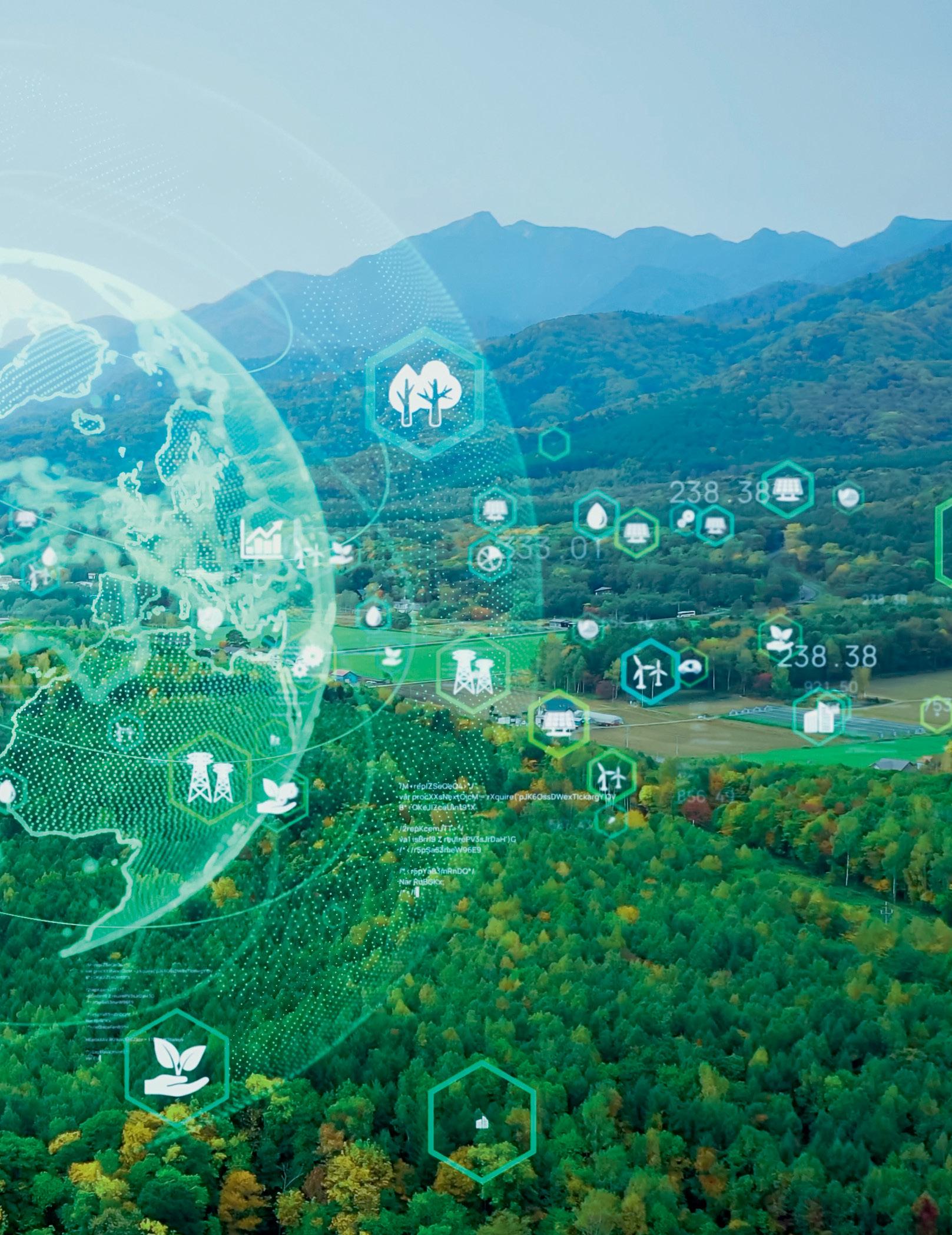
There’s no one-size-fits-all approach to becoming a renewable energy engineer – here are just some of the options at UNSW Sydney for getting qualified and job-ready.
Undergraduate degrees
Power up your career as a renewable energy engineer with one of these fouryear undergrad degrees.
• Bachelor of Engineering (Honours) (Photovoltaics and Solar Energy)
With this degree, you’ll immerse yourself in photovoltaics (PV, a.k.a. solar cells) –which convert the sunlight directly into electricity, and is the fastest-growing form of renewable energy!
• Bachelor of Engineering (Honours) (Renewable Energy)
Whilst there’s plenty of overlap between this and UNSW’s photovoltaics degree, the Renewable Energy (RE) course explores renewable energy technologies more broadly – such as wind, biomass, hydropower and solar thermal. Both degrees also explore related topics such as sustainable architecture and building efficiency.
Double up
Combine your Bachelor of Engineering majoring in RE or PV undergrad with any of the below and supercharge your employability!
• Bachelor of Commerce
• Bachelor of Science
• Bachelor of Arts
• Bachelor of Computer Science
Postgraduate degrees
Take your engineering career to the next level with a postgraduate qualification.
• Master of Engineering (Renewable Energy)
• Master of Engineering Science (Photovoltaics and Solar Energy)
• Master of Engineering Science (Renewable Energy)
• PhD in Photovoltaic Engineering
• Master of Philosophy in Engineering
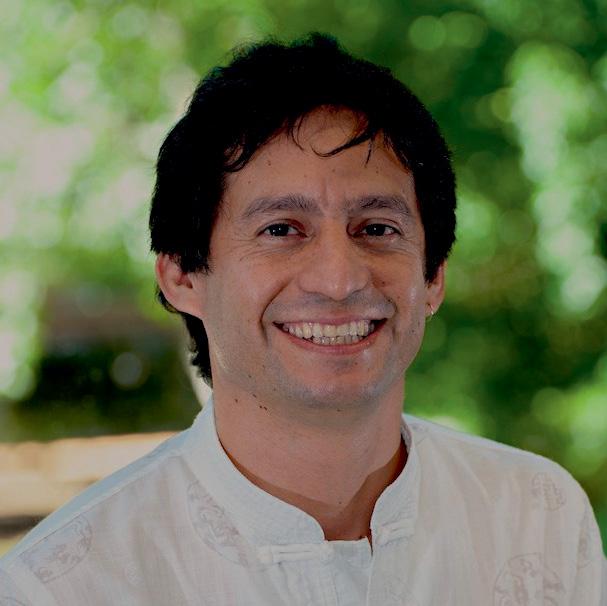
dr ivan electricalperez-wurfl engineer + senior lecturer
Dr Ivan Perez-Wurfl combines his passion for research and teaching to make a difference in the world

As a senior lecturer at UNSW’s School of Photovoltaic and Renewable Energy Engineering (SPREE), Ivan not only teaches engineering students, he also ponders and investigates new ideas in the field of solar energy.
“Being able to invent as part of my job and come up with new ways of thinking about renewable energy with my students is so rewarding,” he says.
Ivan’s passion for academic life started early. Following his undergraduate degree in Mexico, he worked briefly as a test engineer at Volkswagen before undertaking his PhD in the US through the distinguished Fulbright Program, the largest educational exchange scholarship program in the world.
“I already liked academia, this was the last little push I needed to get fully engaged in research,” he says.
His own startup company followed, but Ivan was soon drawn back to his love for learning, this time on the other side of the world. “I was able to come back to academia to start work on something I felt would make a huge difference in the world
Being able to invent as part of my job and come up with new ways of thinking about renewable energy with my students is so rewarding”
– solar energy. There was no better place in the world than UNSW to do this!”
Teaching and research goes hand-in-hand for Ivan. Along with teaching courses such as High Efficiency Silicon Solar Cells and Engineering Design, he also provides guidance to the university’s Sunswift Racing Team, a student-led solar electric vehicle project. The team even placed first in the 2023 Bridgestone World Solar Challenge.
“Working with students on projects like Sunswift has been the best opportunity, we work together from ideas to implementation. My role is mostly as an adviser, but I also love to help in the workshop.”
Ivan says he’s seen lots of positive change in his field.
“When I started, solar panels were still too expensive to be competitive. Now they’re not, so it really has become a key element to combat climate change.”
Ivan’s advice to future students is to get involved in something you feel passionate about. He is a shining example of his own advice! – Danielle Lucas
Martha Lenio got her PhD in photovoltaic engineering from UNSW, and is now helping remote communities in northern Canada transition to renewable energy
Awork experience stint at a sustainable building company during her engineering undergrad in Canada sparked Martha’s interest in clean energy and design.
Since then, she has travelled Down Under to get her PhD in photovoltaic engineering at UNSW Sydney, and has worked on everything from solar cell research, to energy audits, solar installation and microgrid design. She’s even commanded a simulated NASA Mars mission!
Martha is currently employed at a company called High Latitude Energy Consulting, which helps remote communities in northern Canada transition to renewable energy.
Martha is based in the northern Canadian territory of Nunavut, and splits her job between working from home and working in the field. While a home office day might involve emails, Zoom meetings and cross-country skiing in her lunch break, we asked Martha to give us a low-down of what typical day working in the field might look like!
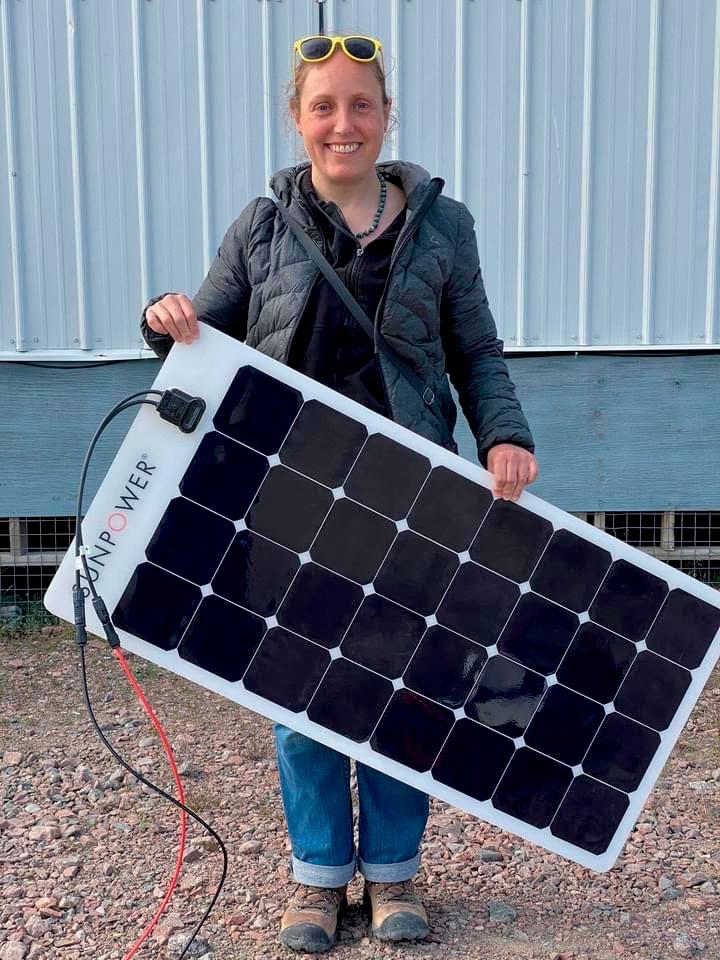
we want to make sure there will be jobs for the community”
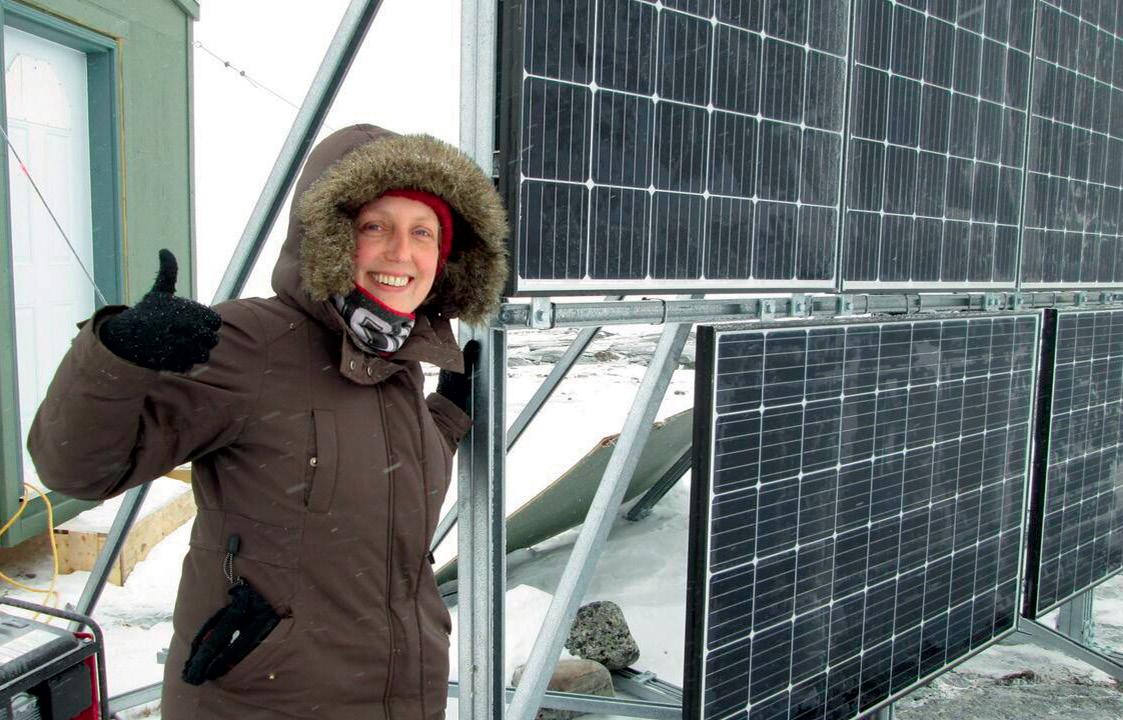
7am
Get up early and get down to the Iqaluit Airport. Nunavut has no roads connecting communities, so any time you need to do a community visit, you need to fly there.
9.30am
Arrive in the community! Check into the hotel, then go find the senior administrative officer and make sure the logistics are all in place for our community meeting that night.
10am
Head over to the Hunters and Trappers Association (HTA) and check in with the manager. Make sure all the logistics are in place for meeting with the HTA there as well.
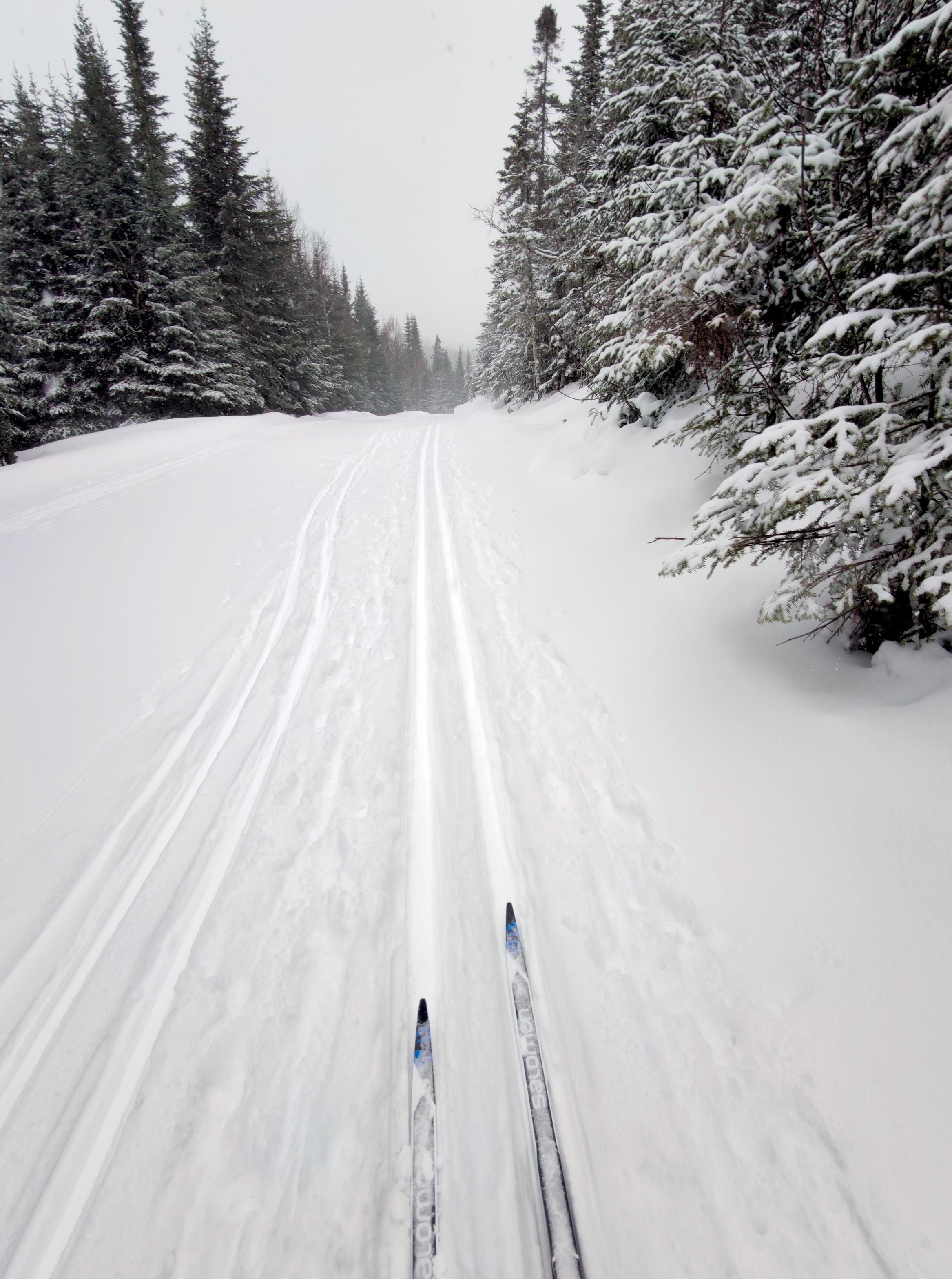
11am
Walk around town, take photos of buildings or infrastructure that could be important for planning a renewable energy installation.
12pm
Go on local radio to share information about the renewable energy projects happening in the community. Community members can call in with their questions and ideas.
1pm
Grab lunch, then head over to the HTA for a meeting. Some of the big questions about renewable energy, especially wind energy, is where to put the required infrastructure. We want to make sure both solar and wind projects won’t impact traditional use of the land for hunting, berry picking, cabin access, or skidoo routes.
4pm
Hold a community demonstration of solar somewhere where lots of people will be going by, like the supermarket or council office.
5pm Dinner!
7pm
An evening meeting with the hamlet council discussing how a renewable energy project would work for the community to get the most benefits. We know renewable energy is better for the environment than diesel, but we also want to make sure there will be jobs for community members, financial benefits for the hamlet, and that we don’t build anything on land needed for new homes or other buildings.
Keen to kickstart your own study and career path as a renewable energy engineer? Start with these simple steps…
Choose these subjects in years 11 and 12 to power up your renewable energy study path: ✔ Mathematics ✔ Physics ✔ Computer studies ✔ Engineering
Renewables refresh

Give your social feeds a refresh with all things renewable energy by following these accounts
Climate Council
Follow this non-profit climate change communications organisation advocating for a low-carbon future.
@theclimatecouncil
Grab the popcorn and add these inspiring documentaries to your watch playlist and call it homework.
2040 (Prime Video)

@theclimatecouncil
Renew Economy
Get your clean energy and climate change news from this dedicated independent organisation.
@reneweconomy

@reneweconomynews

Clean Energy Council
This industry association is made up of more than 1000 member companies in the clean energy sector.
@cleanenergycouncil

@clean.energy.council
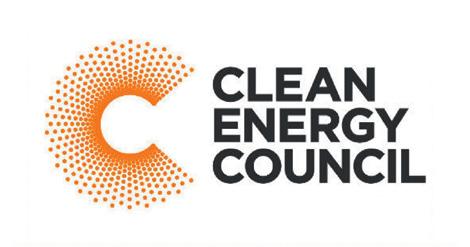
UNSW Engineering

@unswengineering

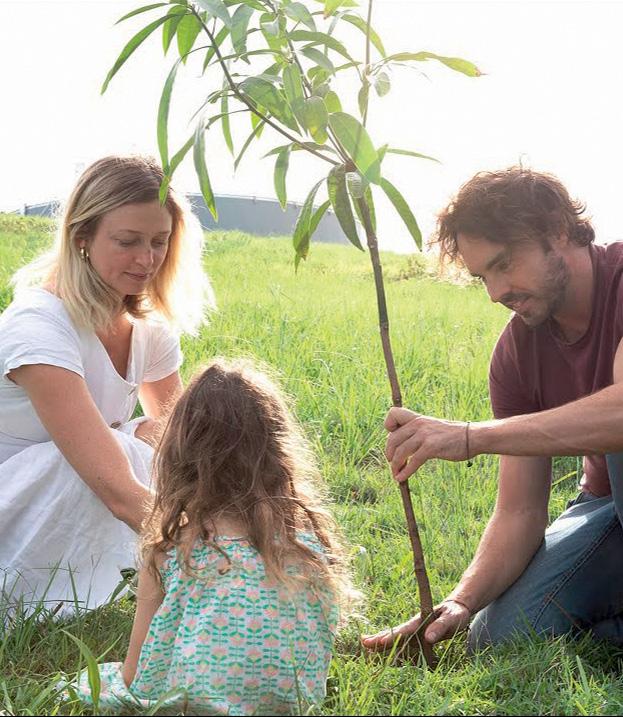
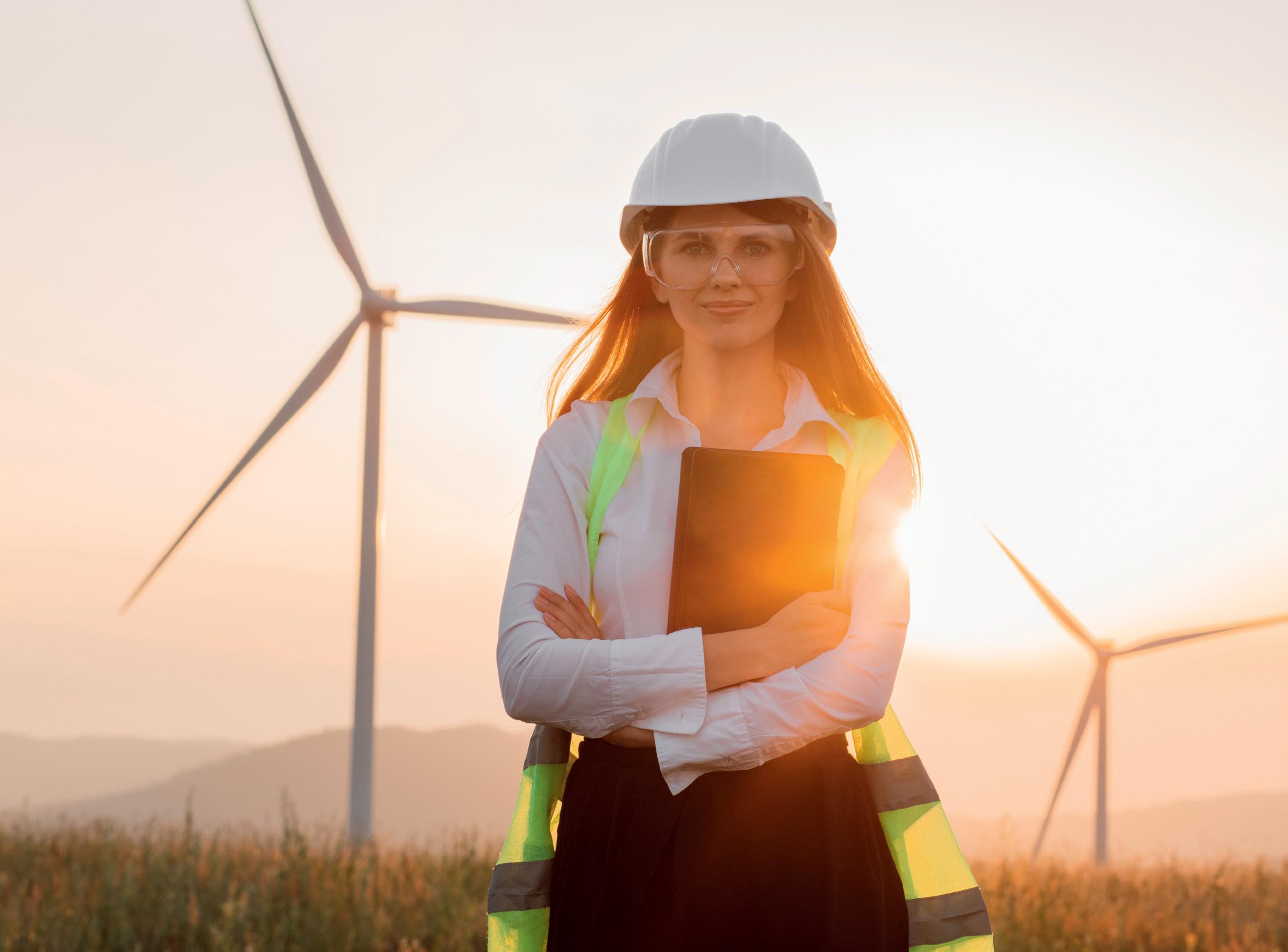
Inspired by envisioning a better world for his daughter, awardwinning Aussie doco maker Damon Gameau imagines the world by 2040, if we embraced all the best solutions available to us now – including, you guessed it, renewable energy. Prepare to feel moved and inspired to make change.
Harnessing The Sun and Wind: Inside Our Renewable Energy Future (YouTube, CNA Insider)
This 43-minute YouTube doco is all about groundbreaking renewable energy projects across Asia.
Catalyst episode: ‘The Grid: Powering The future’ (ABC)
Meet Australians leading the biggest changes to the electricity grid, all thanks to new renewable energy technologies.
Top 3 TED Talks:
• Everybody Can Be A Sustainability Leader: Annick Schmeddes
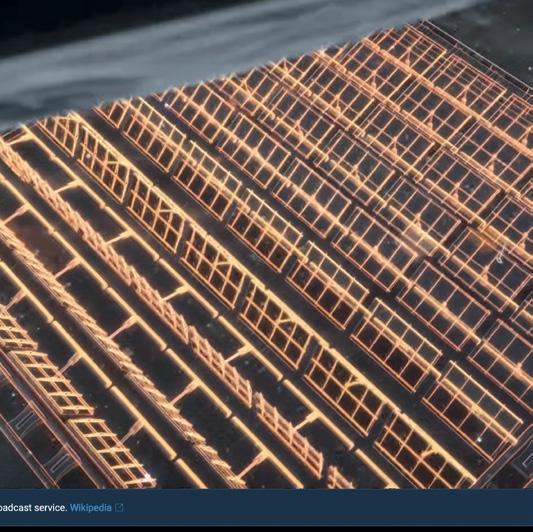
• How To Bring Affordable, Sustainable Electricity To Africa: Rose M. Mutiso
• A Faster Way To Get To A Clean Energy Future: Ramez Naam
